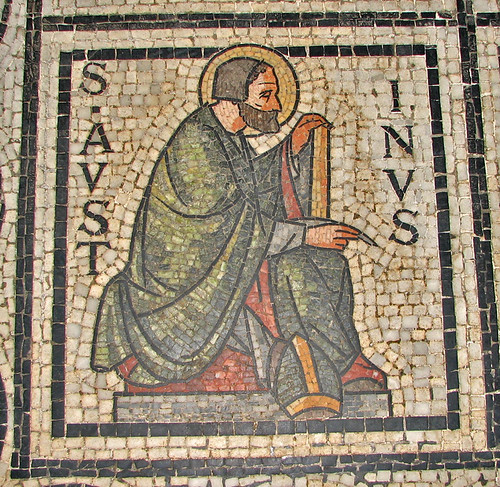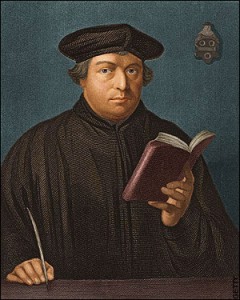Genoa is on the far northwestern coast of Italy, and archaeological evidence suggests the area has been inhabited since at least the 4th millennium BCE. The original inhabitants were the Ligures, who traded with Etruscans and Greeks, showing that they already had maritime trade. The waters between the Genoese coast and Corsica are called the Ligurian Sea after these early inhabitants.
Despite occasional setbacks, like being destroyed by Carthage during the Second Punic War (218 - 201 BCE), Genoa grew in population and power.
Genoa was "in the news" frequently during the early Middle Ages. It was occupied by the Ostrogoths after the fall of the Western Roman Empire in the 5th century. The Byzantines made it the seat of their vicar when they defeated the Goths. The invasion of the Lombards into Italy in 568 saw the bishop of Milan fleeing to Genoa for safety. After Augustine of Hippo died, his body was transported to Genoa in 725. Genoa was annexed by the Franks when they conquered the Lombards. It was thoroughly destroyed in 934-35 by a Fatimid fleet. In 1098, supposedly the ashes of John the Baptist were brought to Genoa, who considered him their patron saint.
By 1100 it was growing fast and establishing itself as an independent city-state on the Italian peninsula. The bishop of Genoa was its head, with the pope as the ultimate ruler, but administrative power was actually wielded by local consuls.
Involvement in the Crusades allowed Genoa to create trading posts in the Eastern Mediterranean, the Levant, and in Northern Africa. In Genoa Cathedral is a flat dish made of green glass that was brought back from the Levant after the Crusades. It is claimed to be the Holy Grail, the dish used by Jesus during the Last Supper.
It began to spread its influence as a maritime merchant town. Along with Amalfi, Pisa, Venice, and others, Genoa was known as a "Maritime Republic." An old saying—Genuensis ergo mercator ("A Genoese therefore a merchant")—indicated that Genoa was synonymous with maritime trade.
In fact, it was one of the most powerful maritime republic from the 11th century up until 1800CE. Tomorrow we'll look at some of its trade deals, and what it exported, including something that almost everyone wears to this day.




















